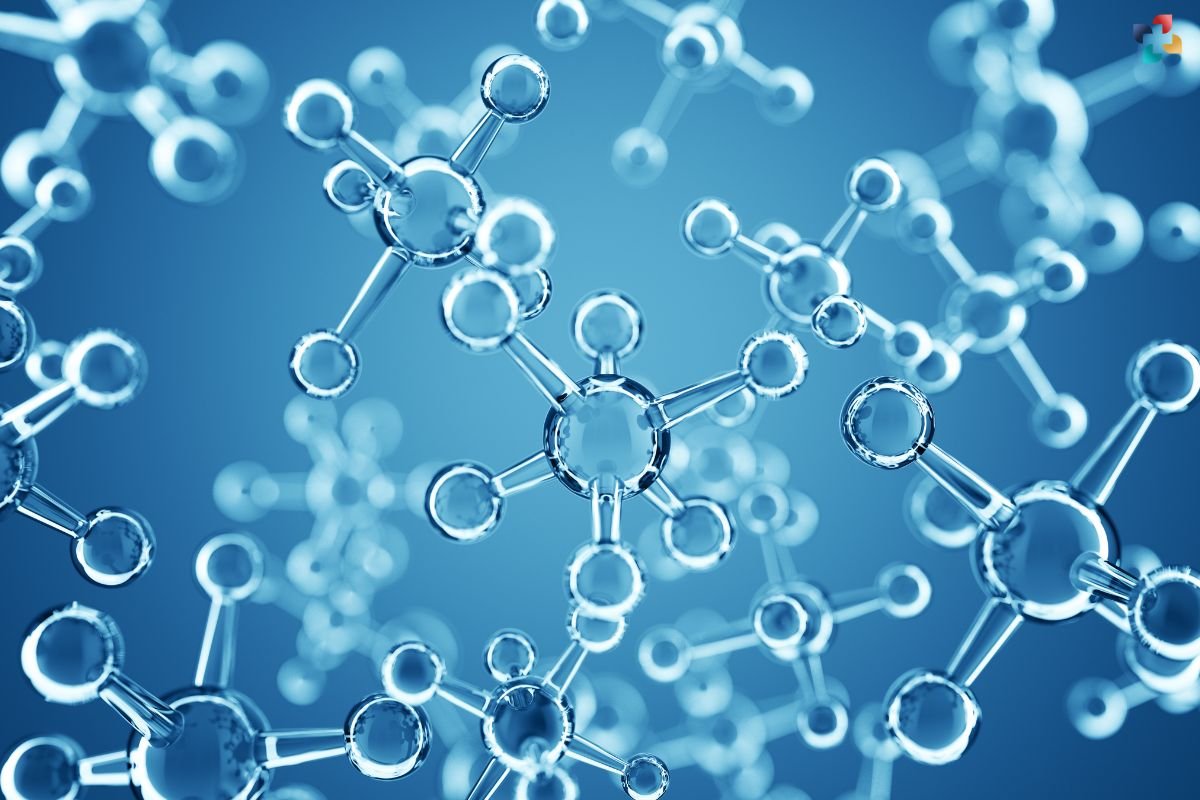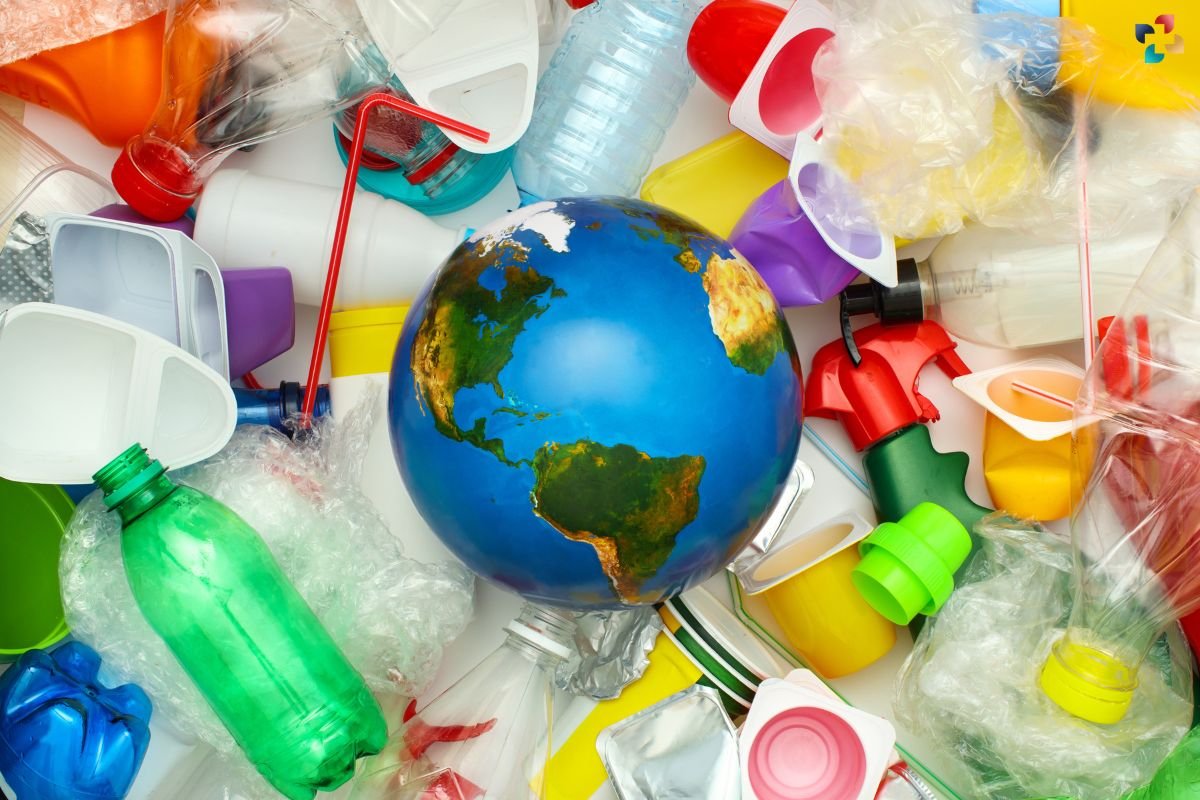In recent years, the discourse surrounding environmental sustainability has surged, with a particular focus on reducing plastic pollution. Amidst this global concern, the emergence of biodegradable plastics has ignited hope for a greener, more sustainable future. It is often hailed as a panacea for the environmental woes caused by traditional plastics, and offers a promising alternative that could significantly mitigate the adverse effects of plastic waste on ecosystems. In this comprehensive guide, we delve into the world of biodegradable plastics, exploring their composition, benefits, challenges, and potential to revolutionize the way we interact with plastics.
Understanding Biodegradable Plastics
Biodegradable plastics, as the name suggests, are a type of plastic material capable of breaking down naturally into harmless compounds under specific environmental conditions, such as exposure to sunlight, moisture, or microbial activity. Unlike conventional plastics, which persist in the environment for centuries, they undergo decomposition, ultimately returning to the natural environment without leaving behind toxic residues.
Benefits of Biodegradable Plastics

- Reduced Environmental Impact: Biodegradable plastics offer a sustainable alternative to traditional plastics, significantly reducing the accumulation of non-biodegradable waste in landfills, oceans, and other ecosystems.
- Conservation of Resources: By facilitating the transition towards biodegradable materials, we can conserve finite resources such as fossil fuels, which are typically used in the production of conventional plastics.
- Mitigation of Pollution: It mitigates pollution by minimizing the release of harmful chemicals and microplastics into the environment, thereby safeguarding the health of wildlife and ecosystems.
- Promotion of Circular Economy: It aligns with the principles of a circular economy, where materials are reused, recycled, or regenerated, fostering a more sustainable approach to resource management.
- Consumer Preference: With growing awareness about environmental issues, consumers are increasingly inclined towards products and packaging made from biodegradable materials, driving demand for eco-friendly alternatives.
Challenges and Considerations
While it offers a myriad of benefits, they are not without challenges and considerations:
- Variability in Decomposition Rates: The rate at which biodegradable plastics decompose can vary depending on factors such as temperature, humidity, and microbial activity, posing challenges for standardization and predictability.
- Contamination Issues: Contamination of biodegradable plastics with conventional plastics can impede the biodegradation process, necessitating proper waste management practices and infrastructure to prevent cross-contamination.
- Limited Application Scope: Some of these plastics may not be suitable for certain applications where durability and longevity are paramount, posing limitations on their widespread adoption across all sectors.
- Cost Considerations: It may currently incur higher production costs compared to traditional plastics, potentially influencing market competitiveness and consumer affordability.
- Technological Advancements: Continued research and development are essential to enhance the performance, durability, and scalability of biodegradable plastics, ensuring they meet the evolving needs of various industries while minimizing environmental impact.

Exploring Innovations in Biodegradable Plastics
As awareness of environmental issues continues to grow, researchers and innovators are actively exploring new materials and technologies to enhance the performance and sustainability of biodegradable plastics. From novel polymer blends to advanced manufacturing techniques, ongoing advancements are driving the evolution of biodegradable plastics towards greater efficiency and versatility.
1. Polymer Blends
One approach to improving the properties of biodegradable plastics involves blending different polymers to achieve desired characteristics such as strength, flexibility, and biodegradability. By combining biodegradable polymers with additives or reinforcing agents, researchers can tailor the material properties to suit specific applications while maintaining environmental compatibility.
2. Bio-Based Feedstocks
Many biodegradable plastics are derived from renewable, bio-based feedstocks such as corn starch, sugarcane, or cellulose. These sustainable alternatives to fossil fuels reduce reliance on finite resources and offer a more environmentally friendly solution to plastic production. Research into new bio-based feedstocks and extraction methods continues to expand the range of available materials for recyclable plastics.
3. Nanotechnology
Nanotechnology holds promise for enhancing the performance of recyclable plastics through the incorporation of nanoscale materials and structures. Nanocomposites, which consist of nanoparticles dispersed within a polymer matrix, can impart superior mechanical, barrier, and degradation properties to biodegradable plastics, opening up new possibilities for applications in packaging, electronics, and biomedical devices.

4. Biodegradation Enhancers
Additives and catalysts can accelerate the biodegradation process of plastics by promoting microbial activity or facilitating breakdown in natural environments. Enzymes, microbial cultures, and organic compounds are being studied for their potential to enhance the biodegradability of plastics, offering a sustainable solution for waste management and pollution mitigation.
5. Circular Design Principles
Beyond material innovations, the concept of circular design is gaining traction as a holistic approach to sustainable product development. By designing products and packaging with end-of-life considerations in mind, such as ease of disassembly, recyclability, or compostability, manufacturers can minimize waste generation and maximize resource recovery, contributing to a circular economy.
Conclusion
Biodegradable plastics hold immense promise as a sustainable alternative to conventional plastics, offering benefits ranging from reduced pollution to resource conservation and consumer preference. While challenges such as variability in decomposition rates and cost considerations persist, ongoing research and innovation are driving the evolution of these plastics towards greater efficiency, performance, and scalability.
As awareness of environmental issues continues to grow and regulatory frameworks evolve, the adoption of biodegradable plastics is poised to accelerate across various industries. By harnessing the power of innovation, collaboration, and responsible stewardship, we can harness the full potential of these plastics to create a cleaner, greener future for generations to come.
FAQs (Frequently Asked Questions)
Q1: Are biodegradable plastics truly environmentally friendly?
Ans: While it offer advantages over conventional plastics in terms of decomposition and reduced environmental impact, their overall environmental friendliness depends on various factors such as production methods, end-of-life management, and potential trade-offs.
Q2: Can biodegradable plastics replace all conventional plastics?
Ans: While these plastics have the potential to replace certain applications of conventional plastics, such as single-use items and packaging, they may not be suitable for all purposes due to considerations regarding durability, performance, and cost.
Q3: How long does it take for biodegradable plastics to decompose?
Ans: The decomposition rate of this can vary significantly depending on environmental conditions and the specific composition of the material. Some biodegradable plastics may degrade within a few months, while others may take several years.
Q4: Are biodegradable plastics recyclable?
Ans: It can be recycled in certain cases; however, the recycling process may differ from that of conventional plastics. Proper labeling and segregation of these plastics are crucial to facilitate appropriate recycling methods.
Q5: What role do regulations play in the adoption of biodegradable plastics?
Ans: Regulations and standards governing the production, labeling, and disposal of these plastics vary across regions and jurisdictions. Clear and consistent regulations are essential to promote the responsible use and management of recyclable plastics while preventing greenwashing and misleading claims.











